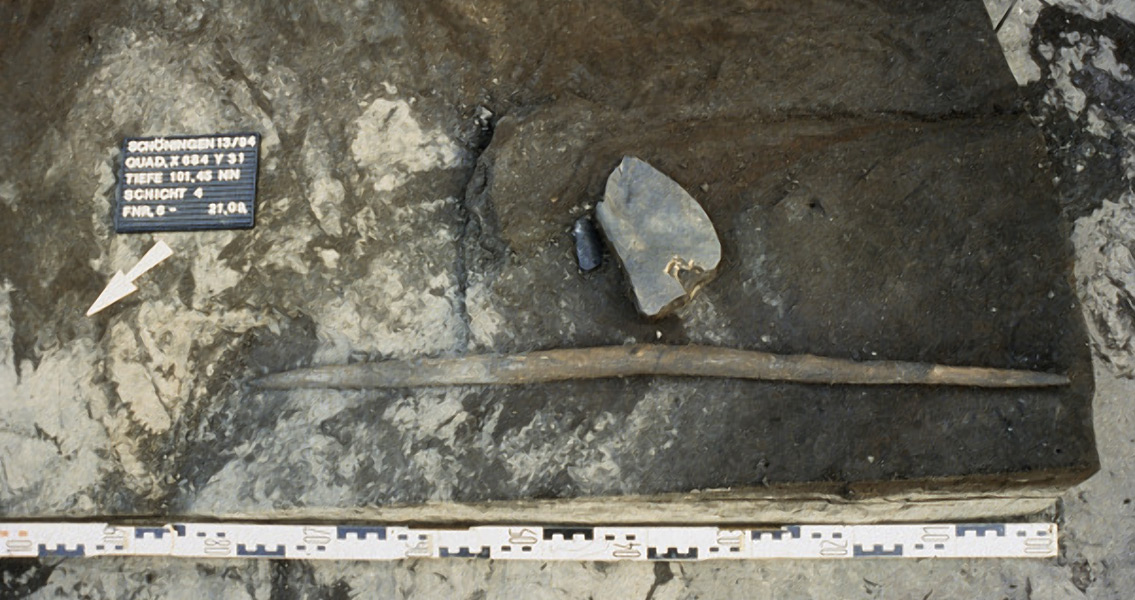<![CDATA[According to new research conducted by the University of Tübingen, hominin species from the Lower Paleolithic had much more in common with modern humans than was previously understood. Homo hidelbergensis, the species of early hominin found in a coal mine in Schöningen, Germany, that would have been alive around 300,000 years in the past, are thought to have lived in social groups highly reminiscent of modern human cultures, according to new data gathered from the most recent forays into the mine. Other cultural traits that H. hidelbergensis seemed to possess far before their time include hunting in coordinated groups, communication concepts such as the passage of time from the past to the future, and incorporating a division of labor system as well, researchers say. Schöningen is one of the most noteworthy sites for documenting how hominins existed while the Ice Age gripped northern Europe; it’s also an indispensable resource for its highly-detailed and accessible climate change record of the Ice Age as well. The coal mine has been subjected to rigorous scientific study almost constantly since 1994. The latest research into hominin culture, which began in 2008, has been conducted by a scientific team led by Dr. Jordi Serangeli and Professor Nicholas Conard, both from the University of Tübingen, under the auspices of Lower Saxony’s Cultural Heritage Office. A wealth of discoveries have been made, such as a large collection of wooden artifacts, including spears used for hunting, many of which were found in excellent condition considering their age. Stone and bone tools were also discovered, many alongside the carcasses of Ice Age horses that were butchered for their meat. One of the most startling discoveries includes a bone hammer fashioned from the upper foreleg of a saber-toothed tiger – the first of its kind ever found. Curiously enough, the Schöningen site has not yielded any evidence that the hominins there were able to use fire in a controlled form, despite previous discoveries that seemed to indicate otherwise. The international team of scientists used advanced research methods such as thermoluminescence, Fourier-Transformation infrared spectrometry, and micromorphology in order to provide evidence for their claims. If they’re correct, it would mean that early hominins were able to survive the Ice Age in the region without having the ability to create and maintain the fires that would have been needed for warmth and cooking in a reliable manner. The entirety of the research findings, which consist of several scientific papers, have been gathered online in a special issue of the Journal of Human Evolution, which is available here Image courtesy of Thieme, 2007a ]]>
Early Hominins More Like Modern Humans Than Thought
